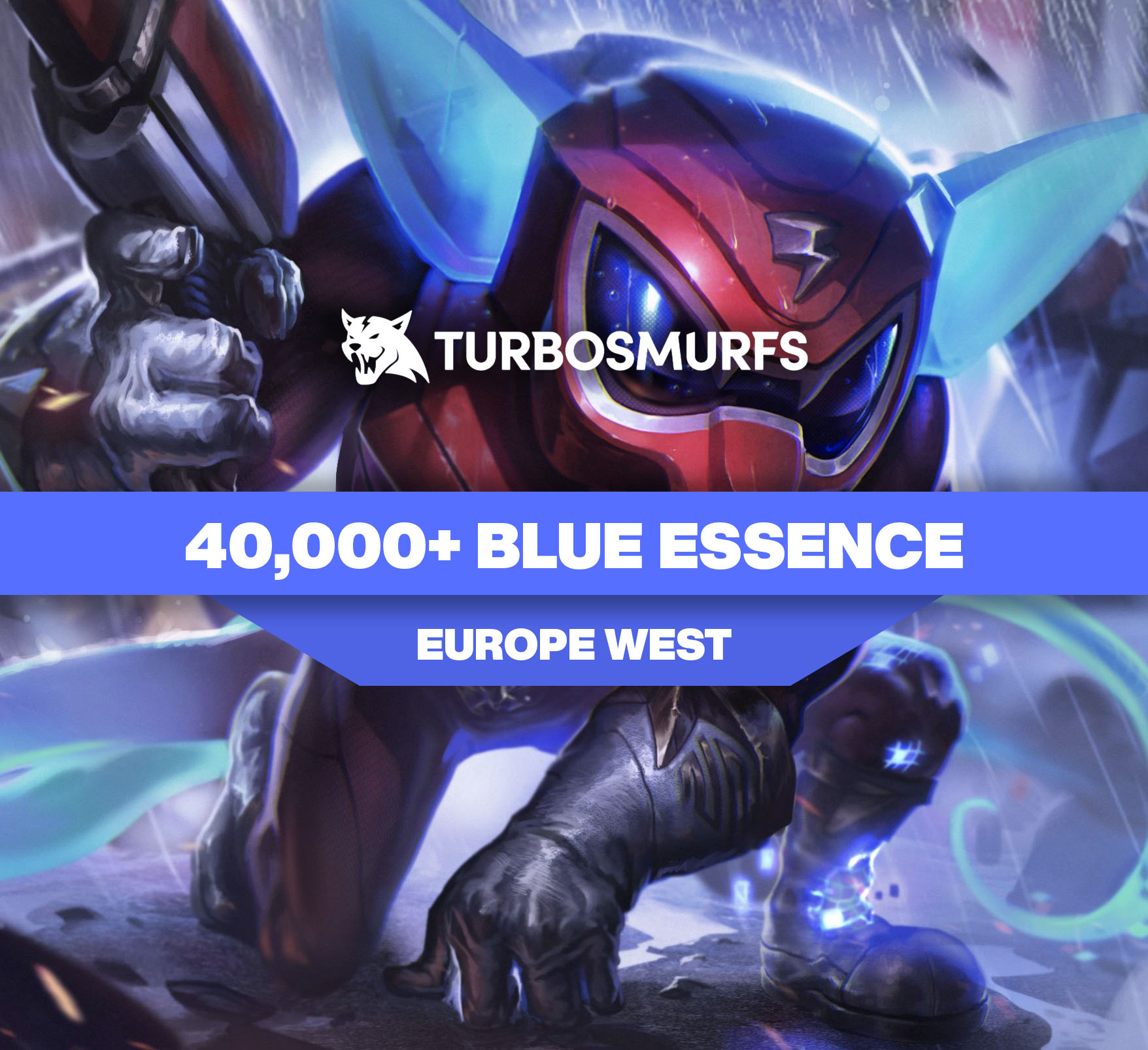
Unlocking Engagement: When Tutorials Become Interactive Experiences
The majority of tutorials default to the same formats: step tutorials, audio records, motionless pictures. While functional, this approach often lacks depth. It delivers the message but leaves little space for engagement or exploration. That model is beginning to fade. With growing expectations around digital experiences, the way instructions are delivered is evolving. Tutorials are no longer isolated blocks of content, they're becoming part of the product journey, designed to respond, adapt, and involve.
Some tools are already embracing this shift. For example, an AI story generator transforms structured learning into an interactive process, allowing users to shape content dynamically as they go. Instead of simply absorbing information, participants become part of a system that reacts and grows with each input.
From Instruction to Involvement: Why Interaction Matters
A static tutorial might tell you how to use a product, but it doesn’t give you room to explore it. There’s no space for curiosity, no room to fail safely, no feedback when you get stuck. Interactive experiences flip that script. They shift learning from something linear into something lived.
When users are invited to take action, the experience changes. It’s no longer about absorbing information, it’s about trying, adjusting, reacting. You move a slider, get real-time feedback. You click the wrong button, the system nudges you gently back. It feels less like school and more like discovery. And that difference matters.
In many cases, interactivity increases retention and satisfaction because people don’t feel like they’re being lectured. They’re part of something. They’re doing the thing, not just hearing about it.
Real-World Triggers and Feedback Loops
Interactive tutorials aren’t just about moving parts. The real magic is in responsiveness, the ability to notice what the user is doing and react to it meaningfully. Let’s say someone switches jobs, opens a new company page, or starts recruiting. A well-built system can catch that signal and suggest the next step. That’s not just a static learning module anymore, it’s a living system reacting to real-world triggers.
The same principle applies in onboarding flows. When interaction patterns suggest uncertainty, such as repeated clicks on the same feature or long pauses in form completion, adaptive systems can respond with relevant prompts or guidance. Instead of presenting all instructions at once, an interactive flow distributes support contextually. This enables information to come out when needed most, and thus this minimizes friction and enhances understanding. Such minute changes lead to a less harsh experience and create some form of continuity as part of the product.
Emotional Engagement Through Co-Creation
Interactive formats introduce something more than instruction, they create space for participation. When a tutorial allows for decisions, adjustments, or content variations, the result feels more personal. Instead of simply moving through steps, the user shapes the process.
This level of involvement adds emotional weight to the experience. It shifts the focus from learning a feature to achieving something with it. Whether in product onboarding, training environments, or creative platforms, the ability to influence the flow leads to deeper engagement and stronger retention.
Narrative structures often enhance this effect. When interactive elements are woven into a storyline or decision tree, the learning process becomes more intuitive. Rather than gamifying content for entertainment, this approach builds relevance and clarity, especially when the outcomes adjust in response to each action taken.
Designing Tutorials as Experiences, Not Instructions
To build tutorials that truly engage, the goal should shift from “explaining features” to “inviting interaction.” Here are a few approaches that consistently work:
- Modularity: Break the tutorial into bite-sized, focused modules. Let users explore at their own pace rather than forcing them through a rigid path.
- Real-time feedback: Validate actions as they happen. Success messages, nudges, and soft corrections help guide users without breaking flow.
- Simulated environments: Let users experiment in safe spaces where they can’t “mess up” real data. Sandboxes build confidence.
- Minimal text, maximum motion: Show, don’t tell. Motion cues and dynamic UI often teach better than paragraphs.
- Micro-interactions: Celebrate progress. Small animations, sounds, or confirmations after an action reinforce behavior and build momentum.
Above all, the experience should feel like a conversation, not a lecture. When tutorials adapt to the user, not the other way around, they become exponentially more effective.
The Future Is Interactive and Adaptive
We’re only scratching the surface of what interactive tutorials can become. As systems grow more intelligent, they’ll begin adapting in real time to user preferences, skill levels, and behaviors. Imagine a tutorial that:
- Remembers your previous sessions and picks up where you left off.
- Notices what you struggle with and gives you practice tasks tailored to that weakness.
- Changes its tone and pace depending on how quickly you move.
This is no longer science fiction. Adaptive learning systems already exist in education and are beginning to appear in SaaS and onboarding. These tools don’t just teach, they grow with the user. The future of tutorials is not just interactive, it’s predictive. And it will reward creators who focus less on delivering information and more on designing experiences worth staying for.
Final Thoughts
The most effective training materials are initially integrated into the product. That is, the interface and functionality are intuitive and do not require additional instructions. When elements like real-time feedback or flexible learning paths are built in, users gain more than information. They get the chance to understand features through direct interaction and exploration. In this way, tutorials become part of how value is delivered, not just explained. The goal is no longer to guide from point A to point B, but to create an environment where learning happens naturally, as part of using the product itself.

